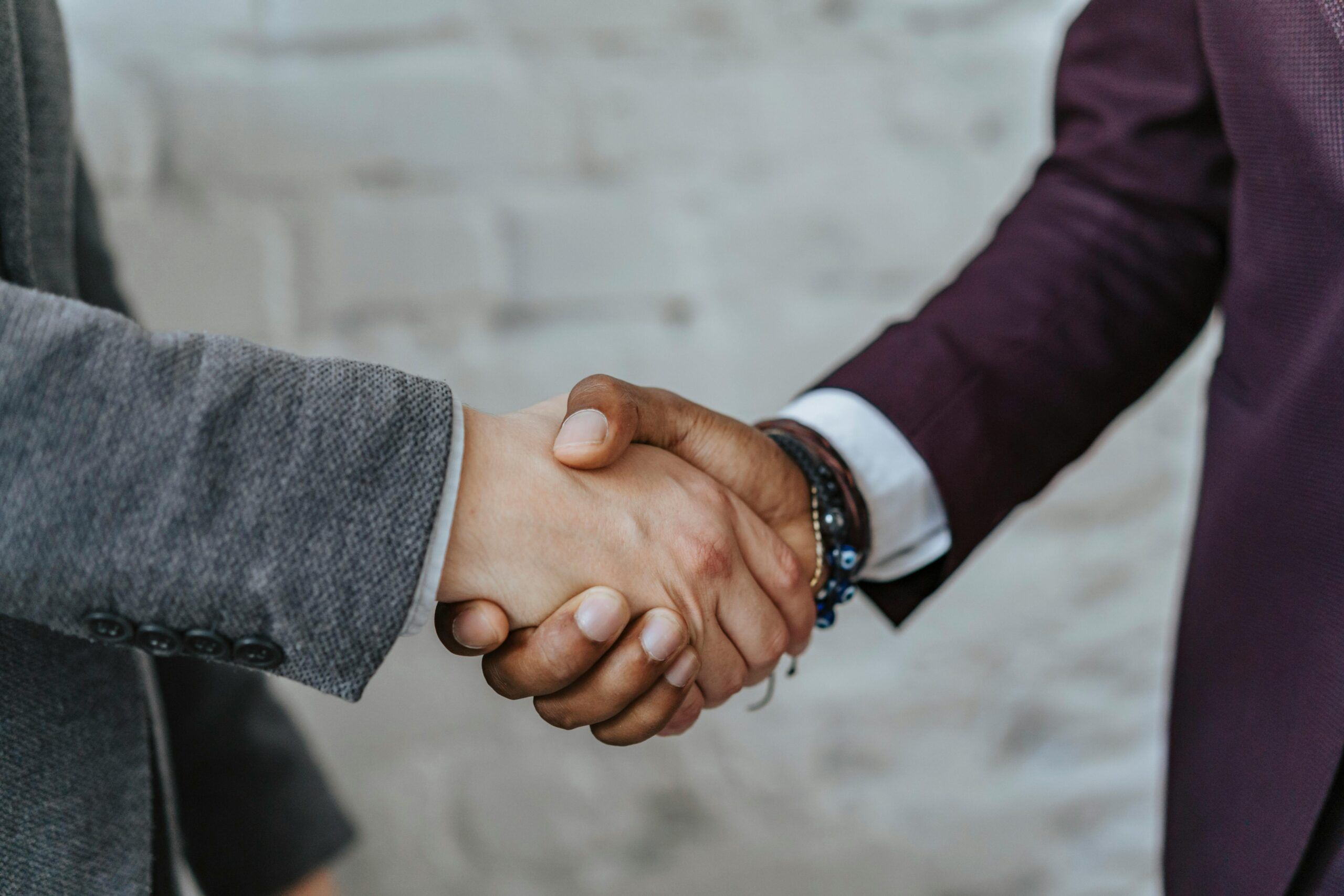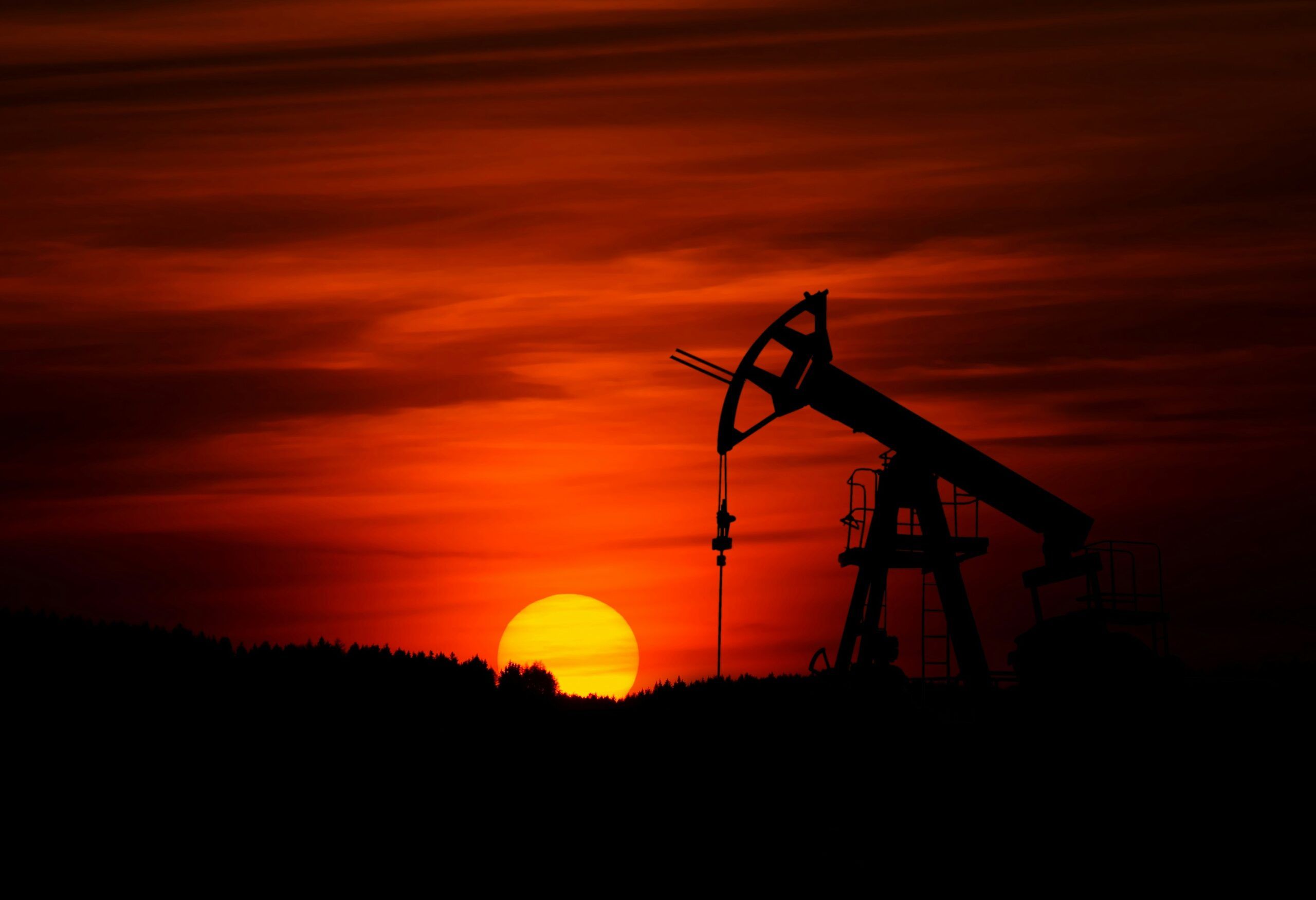In an era where global interest rates have risen unevenly across jurisdictions, sophisticated investors are rediscovering the power of cross-currency arbitrage. Switzerland, with its uniquely low interest-rate environment and deep private-banking infrastructure, offers a particularly attractive mechanism: borrowing cheaply in CHF through a Lombard loan and reallocating the capital into higher-yielding GBP assets, such as UK 10-year gilts.
At its core, this is a classic carry trade enhanced by Swiss lending conditions, robust collateral rules, and the relative stability of CHF borrowing. When conducted properly, it can generate a reliable yield uplift with controlled risk, while utilising internationally held liquid assets as collateral.
Below, we explore the structure, the mechanics, and the financial logic behind this increasingly compelling strategy.
Context: The Divergence That Creates the Opportunity
Over the past decade, Switzerland has experienced prolonged periods of ultra-low interest rates, including negative base rates for several years. Even after the Swiss National Bank’s adjustments, the lending environment remains uniquely attractive. Private banks—particularly for high-net-worth individuals—continue to offer CHF Lombard loans at rates as low as 0.5%–1.0%, depending on collateral quality, relationship strength, and loan-to-value ratios.
Contrast this with the UK, where gilt yields have surged in response to inflation, fiscal pressure, and Bank of England tightening. As of December 2025, 10-year UK gilts yield approximately 4.57%,
This differential creates a spread of circa 3.50% 4.00%, which—if harvested through a correctly structured arbitrage—can produce attractive net returns with relatively low operational complexity.
On the commodities front, a CHF carry trade with gold transacting in January 2025 would have earned a spectacular return of in excess 50%. Elsewhere in the commodities world, a CHF carry trade again transacted in January 2025 with silver and copper would have returned as of 12th December 2025 in excess of 60% and 27% respectively.
What Is a CHF Lombard Loan?
A Lombard loan is a credit line issued against a pledged portfolio of liquid financial assets, such as:
- Blue-chip equities
- Investment-grade bonds
- Actively Managed Certificates (AMCs)
- ETF portfolios
- Cash and near-cash instruments
Swiss banks excel in this type of lending. Their regulatory environment, relationship-driven approach and risk-based margining allow borrowers to leverage existing portfolios efficiently, with loan-to-value ratios typically between 50% and 80%.
Key attributes of a Swiss CHF Lombard loan include:
CHF is one of the cheapest funding currencies globally.
The borrower can deploy the drawn funds anywhere, including into other currencies and international assets.
The loan can be drawn and repaid at will, allowing dynamic management of exposure.
- Attractive risk-adjusted borrowing
Because the collateral remains under custody, the bank views the credit as relatively safe, and thus, rates remain low.
This is the foundation on which the arbitrage is built.
The Strategy: Borrow CHF → Convert to GBP → Buy UK Gilts
The arbitrage process is relatively straightforward when broken down into its operational steps:
Step 1 — Establish or Leverage a Swiss Private Banking Relationship
To access Lombard rates at 0.5%–1.0%, the investor needs:
- A custody account
- A qualifying portfolio of assets
- A lending agreement and minimum loan amounts (often CHF 1–5 million+)
Some banks require formal financial planning or wealth advisory processes, but high-net-worth individuals with existing portfolios can typically proceed quickly.
Step 2 — Secure the CHF Lombard Loan
The bank approves a loan facility based on portfolio value. For example:
- Portfolio value: CHF 10 million
- LTV allowed: 60%
- Lombard facility available: CHF 6 million
- Interest rate: 0.5%
Interest is calculated quarterly or semi-annually and debited automatically from the account.
Step 3 — Convert Borrowed CHF Into GBP
The facility is drawn in CHF and immediately converted into GBP via spot FX conversion.
FX considerations:
- A competitive institutional spot rate
- Optional hedging (forward contracts or options)
- Assessment of CHF vs GBP strength
Some investors prefer to leave the position unhedged to benefit from relative GBP strength if expected.
Step 4 — Purchase 10-Year UK Gilts Yielding Approx 4.5%
The GBP proceeds are then deployed into UK government bonds—either directly or via a UK brokerage account or custodian.
Why gilts?
- They are highly liquid
- They carry near-zero credit risk
- They provide a steady, predictable income
- They benefit from potential price appreciation if UK rates fall
Thus, the CHF cost of funds is dramatically lower than the GBP return on capital.
The Financial Logic: Why the Spread Works
Let’s examine the mechanics of the spread in simple terms:
- Cost of funds (CHF Lombard loan): ~0.5%
- Yield on UK 10-year gilts: ~4.50%
This produces a gross spread of 4.00%.
On CHF 6 million borrowed and converted:
- GBP equivalent at FX 1.06 = ~£5,640,000 (F/X rate as of 12.12.25)
- Annual gilt income at 4.00% = £225,600
- Annual CHF interest cost = ~CHF 30,000 (approx. £28,000)
- Net annual gain ≈ £197,600
This is a clean carry return, before FX adjustments.
Why Switzerland Enables This Strategy Better Than Anywhere Else
- Lowest funding currency in Europe
CHF consistently trades at low or even negative real yields.
- Highly flexible lending against securities
London brokers, for example, often restrict or price Lombard lending far less attractively.
- Private-banking operational efficiency
Swiss banks excel at cross-currency management, FX execution, and multi-asset settlement.
Even if CHF appreciates slightly against GBP, the yield pick-up can still outweigh FX movements.
- Transparency and contractual freedom
Swiss credit agreements allow international deployment of borrowed capital with minimal restriction.
Key Benefits of the Arbitrage Strategy
The primary benefit is the high risk-adjusted net yield created by borrowing at 0.5% and earning 4.00%.
- Portfolio Liquidity Retained
The investor keeps full exposure to their existing equity, bond, or AMC portfolio, which continues to grow independently.
- Access to Government-backed Yield
UK gilts provide a secure, low-risk income stream with minimal credit concerns.
- Potential for Capital Gains
If UK interest rates fall (which many economists expect), gilt prices could rise.
This gives the investor:
· Yield carry plus
· Bond capital appreciation
Depending on macroeconomic positioning, the investor may:
- Hedge the GBP exposure back to CHF
- Partially hedge
- Remain unhedged for speculative gain
Each approach has its own risk/return implications.
In many jurisdictions, including Switzerland and the UK (depending on residency), interest expenses may be deductible or treated favourably—though tax advice is essential.
- Leverage Without Selling Core Assets
The strategy avoids liquidation of existing holdings and instead monetises balance-sheet strength.
Risk Considerations (And Why They Are Manageable)
No arbitrage is entirely without risk, but in this case, risks are typically manageable:
If GBP weakens significantly relative to CHF, the converted capital may lose value.
Mitigation: FX forwards, call options, or partial hedging.
A drop in the value of the pledged portfolio may reduce available collateral.
Mitigation: conservative LTV, diversified assets, or over-collateralisation.
Gilt yields fluctuate with BOE policy.
Mitigation: holding to maturity eliminates mark-to-market risk.
Interest rates may adjust if the SNB changes policy.
Mitigation: fixed-rate loan tranches or caps.
Overall, for high-net-worth clients with diversified portfolios and long-term horizons, these risks are typically well within acceptable parameters.
Why This Works Especially Well in 2025
- UK yields remain elevated despite falling inflation
- CHF remains structurally cheap
- Swiss banks are competing aggressively for AUM
- FX volatility has stabilised after post-pandemic disruptions
- Investors seek income without unnecessary risk
This convergence of macro conditions makes the arbitrage one of the cleanest, lowest-risk carry trades available to private clients today.
A Strategic Opportunity for Sophisticated Investors
Borrowing in CHF at 0.5% through a Swiss Lombard facility and reallocating into UK 10-year gilts at 4.50% is not merely a financial trick—it’s a structural yield opportunity created by divergent monetary policies and Switzerland’s unparalleled lending environment.
For investors with substantial balance-sheet assets, this strategy:
- Enhances yield
- Maintains liquidity
- Adds diversification
- Provides optionality
- Utilises low-risk government-backed instruments
When analysed on risk-adjusted terms, very few fixed-income opportunities offer anything close to this spread with such operational simplicity.
For those already working with Swiss lenders—or those considering relocating assets to Switzerland—this arbitrage represents a compelling, timely, and elegant strategy for capital efficiency and long-term income generation.
CONTACT US FOR MORE INFORMATION










